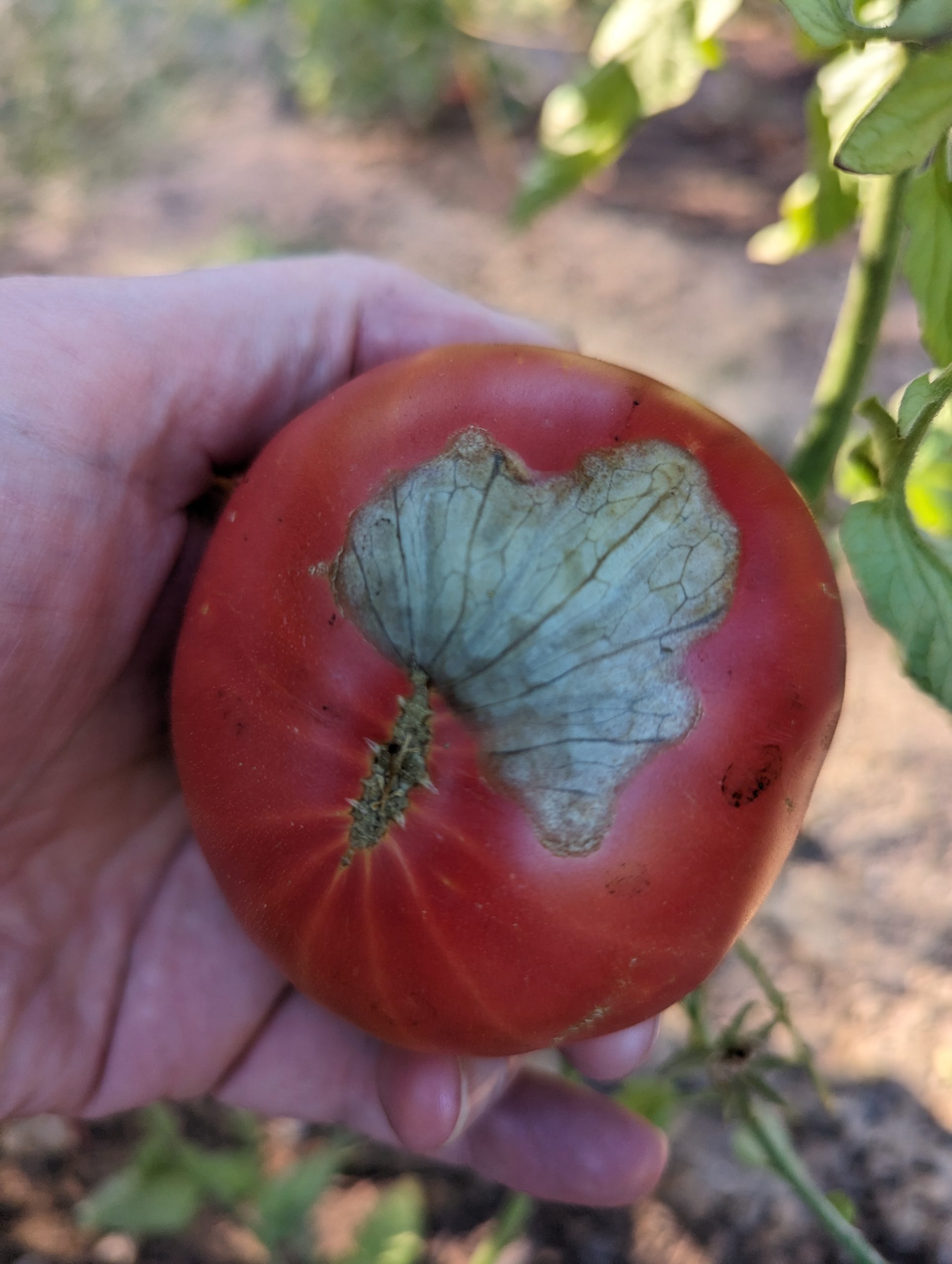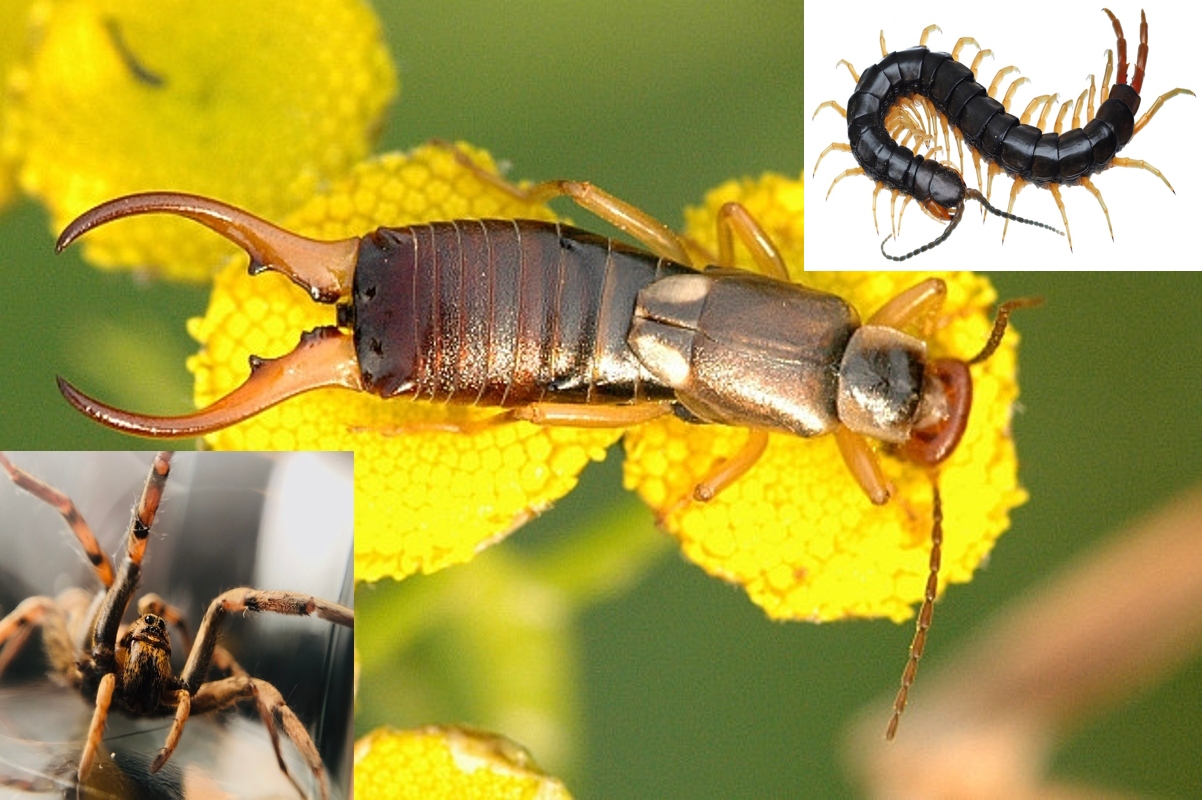Tomato bottom rot, also known as blossom end rot, is a common problem that affects many tomato growers, especially in warm and wet conditions. It is caused by a lack of calcium in the plant, which leads to a breakdown of cells in the fruit tissue, resulting in a dark and leathery spot at the bottom of the tomato. The spot can grow and cover up to half of the fruit, making it inedible. Tomato bottom rot is not a disease, but rather a physiological disorder that can be prevented and treated by following some simple steps.
The main cause of tomato bottom rot is a calcium deficiency in the plant, which can be due to several factors. One of them is the soil condition, which affects the availability and uptake of calcium by the plant. The ideal soil pH for tomatoes is around 6.5, which allows for optimal absorption of calcium and other nutrients. A soil test can help determine the pH level and indicate if any amendments are needed, such as lime or gypsum.
Another factor that causes tomato bottom rot is inconsistent watering, which disrupts the flow of calcium from the soil to the plant. Tomato plants need regular and deep watering, especially during fruit development, to avoid stress and fluctuations in soil moisture. Overhead watering should be avoided, as it can splash soil and pathogens onto the leaves and fruits. Mulching around the base of the plants can help retain soil moisture and prevent weeds.
A third factor that contributes to tomato bottom rot is excessive nitrogen in the soil, which can interfere with calcium uptake and cause rapid growth of foliage at the expense of fruits. Nitrogen-rich fertilizers should be used sparingly and only during early stages of growth. Organic sources of nitrogen, such as compost or manure, are preferable to synthetic ones, as they release nitrogen slowly and improve soil structure.
If tomato bottom rot occurs, there are some remedies that can help stop or reduce its severity. The first step is to remove and discard any affected fruits, as they cannot be saved or eaten. The second step is to apply a calcium spray to the leaves and fruits of the plant, which can provide a quick boost of calcium and prevent further damage. A homemade calcium spray can be made by mixing baking soda, vegetable oil, and mild soap in water. A commercial calcium spray can also be used according to the instructions on the label. The third step is to monitor and adjust the watering and fertilizing practices, as described above, to ensure a steady supply of calcium to the plant.
Tomato bottom rot can be a frustrating problem for tomato lovers, but it can be prevented and treated with some simple measures. By maintaining a healthy soil condition, providing regular and deep watering, avoiding excessive nitrogen fertilizers, and applying calcium spray if needed, tomato growers can enjoy a bountiful harvest of delicious tomatoes without any black spots on the bottom.
If you had an issue with bottom rot last year it would likely benefit you to add either lime or crushed oyster shell amendments to your gardens soil in addition to making sure the ph level is in the proper range for the plants to utilize it. It’s almost that time of year and adding the amendments now will give them a chance to work their way down into the soil.





